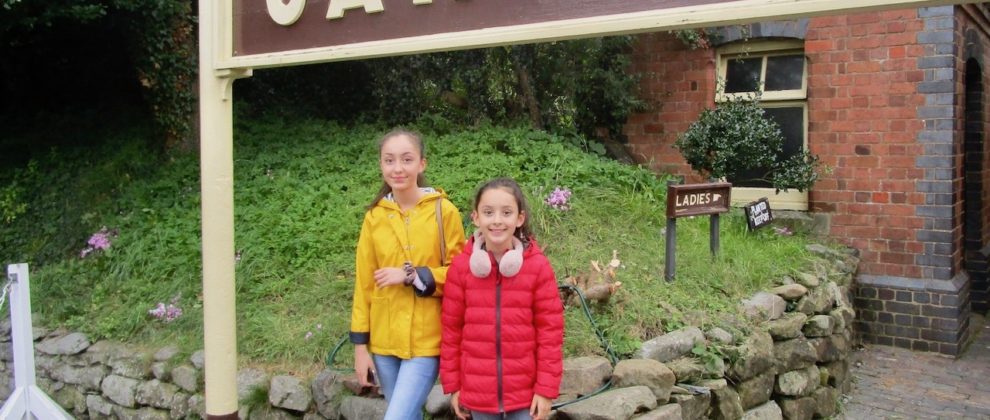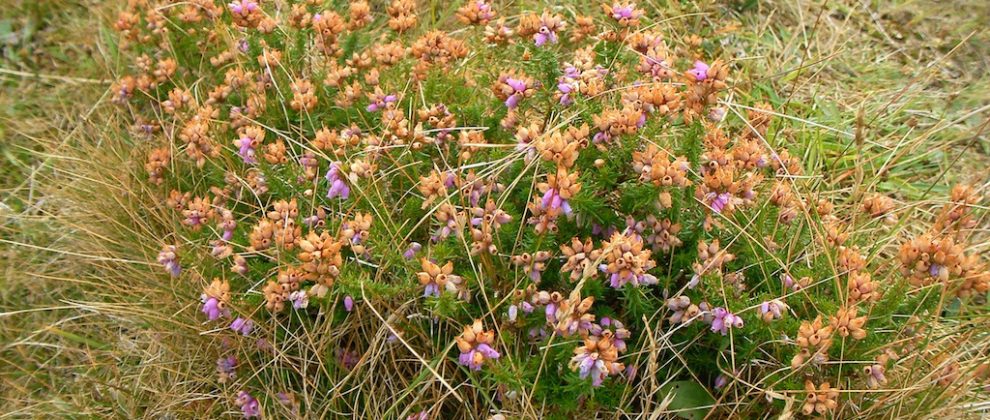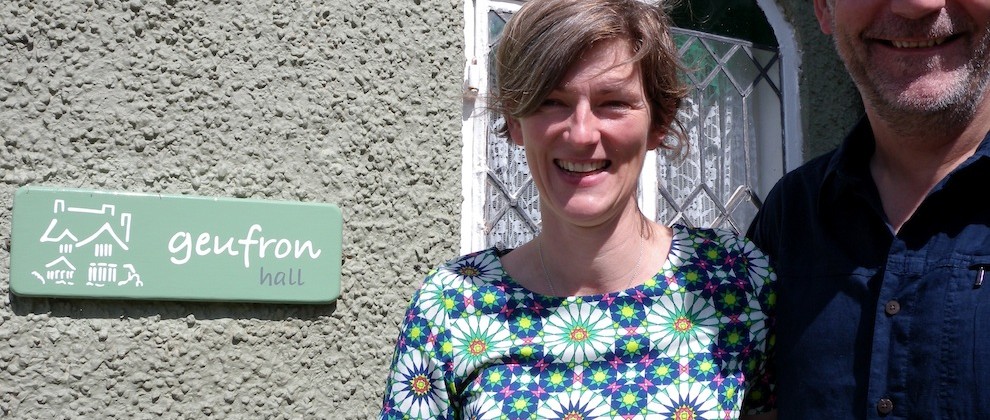Another autumn feature: the unlikely tale of Wrexham as a hub for the Hollywood A-list.
Wrexham may seem an unlikely contender for frissons of Tinseltown glamour with its industrial heritage, pockmarked landscape and border-town status as the gateway to Northeast Wales.
But Wrexham is taking the spotlight.
It currently features on the eight-place longlist to be the next UK City of Culture.
The winning city, succeeding Coventry for its year in the cultural spotlight in 2025, will be announced next May.
Last weekend, meanwhile, Hollywood royalty waltzed into town in red football scarves.
Ryan Reynolds and Rob McElhenney (pictured above), the new owners of Wrexham Association Football Club (AFC), arrived at the town’s Racecourse football ground.
It was their first home game since buying the club in February this year
Read more with my feature via Telegraph Travel, How Wrexham is reinventing itself as the Hollywood of Europe.
- Liked this? Try also A time-travel weekend to the Ceiriog Valley
- Sign up to my new newsletter, Hit the North, for more travel news and inspiration from my home patch



